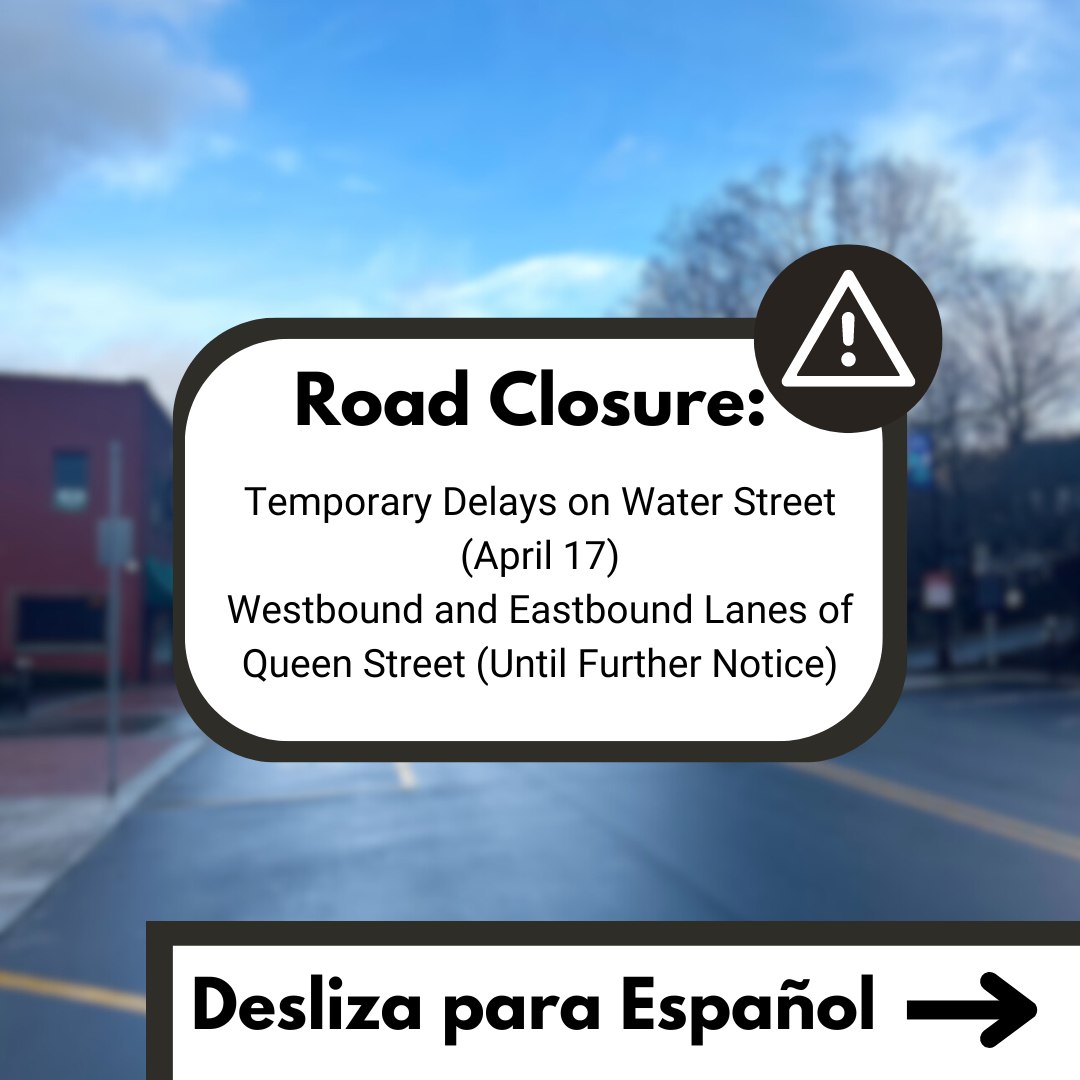Last Updated on January 7, 2017 5:39 pm
ASHEVILLE — Department of Transportation crews across Western North Carolina spread salt, pushed snow and melted ice throughout Friday night and all of Saturday to improve road conditions.
The northern mountains of Division 11 — Alleghany, Ashe, Avery, Caldwell, Surry, Watauga, Wilkes, and Yadkin counties — had 100 percent of its primary routes scraped by Saturday afternoon. Nearly 65 percent of secondary and 21 percent of unpaved roads were scraped. Early estimates predict that 95 percent of primary, 80 percent of secondary paved and 20 percent of unpaved roads in the division will be clear by Sunday afternoon.
“We hit the heavily-trafficked roads hard today and made a lot of progress,” Division 11 maintenance engineer Charles Reinhardt said. “We’ll still have crews out tonight to address trouble spots and any issues that arise.”
In the greater Asheville area, Division 13 — Buncombe, Burke, Madison, McDowell, Mitchell, Rutherford and Yancey counties — Interstate 40 and I-26 were 90 percent clear as of 2 p.m. In addition, the primary roads were 50 percent clear with 15 percent of secondary roads earning that status. Across those seven counties, crews dispensed 2,495 tons of sand as well as 4,750 tons of a salt and sand mixture.
In the far western area, Division 14 — Cherokee, Clay, Graham, Haywood, Henderson, Jackson, Macon, Polk, Swain, and Transylvania counties — crews spread 2,185 tons of salt and 164 tons of a salt and sand mix on the roads. Teams concentrated their efforts to clear as much snow and ice as possible during the day before sundown.
By the mid-afternoon Saturday, 75 percent of interstate and primary routes in Division 14 were clear with intermittent icy spots. In addition, 20 percent of secondary had been plowed but were still marked with snow and ice.
“Although we’ve made a lot of progress on removing snow and ice from the roads, we encourage people to stay off the roads because conditions will worsen as temperatures drop,” Division 14 maintenance engineer Ralph Cannady said. “If you must travel, slow down and be aware of black ice.”
Travelers are urged to avoid driving during winter weather for their safety and to increase the efficiency of teams maintaining the roads. In addition, as temperatures drop when the sun goes down, conditions will deteriorate increasing the probability of black ice.















